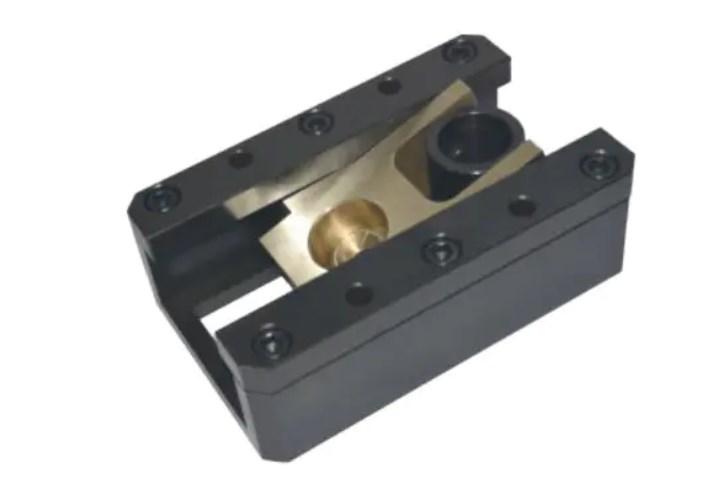In the intricate world of manufacturing, the role of the Mold Parts Factory is pivotal in shaping the quality of final products. These factories are tasked with the production of molds and components that are used across various industries, from automotive to electronics, and their commitment to quality is non-negotiable. The question of how the Mold Parts Factory controls product quality is a complex one, involving a multi-faceted approach that encompasses every stage of the production process.
The first line of defense in quality control for the Mold Parts Factory is the selection of raw materials. High-quality materials are essential to ensure the durability and performance of the molds. Factories must source their materials from reliable suppliers who adhere to stringent quality standards. This initial step sets the foundation for the entire production process, making it a critical component of quality control.
Once the materials are secured, the design phase begins. The Mold Parts Factory employs skilled engineers and designers who use advanced computer-aided design (CAD) software to create precise blueprints. These digital models are then reviewed and tested for structural integrity and functionality, ensuring that the molds will meet the required specifications. This stage is crucial as it directly impacts the accuracy and consistency of the final product.
The manufacturing process itself is where the mold parts factory's commitment to quality is truly tested. State-of-the-art machinery and equipment are utilized to fabricate the molds with high precision. The factories must also implement rigorous operational procedures that include regular maintenance of machinery, calibration of tools, and adherence to manufacturing standards. These practices help to minimize human error and ensure that the molds are produced to exact specifications.
Inspection and testing are integral to the quality control process in the Mold Parts Factory. Each mold undergoes a series of inspections at various stages of production. These inspections are conducted using a combination of manual checks and automated systems, such as coordinate measuring machines (CMM) and optical scanners, to verify dimensions and surface finish. Any deviations from the specified tolerances are addressed immediately to prevent the propagation of defects.
Moreover, the Mold Parts Factory must also establish a robust quality management system (QMS) that aligns with international standards, such as ISO 9001. This system provides a framework for continuous improvement, ensuring that the factory's processes are regularly reviewed and updated to maintain high-quality standards. The QMS also facilitates the documentation of processes, which is essential for traceability and accountability.
Training and development of the workforce are equally important in maintaining product quality. The Mold Parts Factory invests in the professional growth of its employees, equipping them with the necessary skills and knowledge to perform their tasks efficiently. This includes regular training sessions, skill development programs, and the promotion of a culture of quality consciousness.
Finally, customer feedback plays a vital role in the quality control process. The Mold Parts Factory must maintain open lines of communication with their clients, actively seeking feedback on their products. This feedback is then analyzed and used to make improvements, ensuring that the molds meet the evolving needs of the market.
In conclusion, the control of product quality in the Mold Parts Factory is a comprehensive and ongoing process that involves the careful selection of materials, meticulous design, precise manufacturing, thorough inspection, a robust quality management system, workforce development, and active customer engagement. By adhering to these practices, the Mold Parts Factory can ensure that its products meet the highest standards of quality, thereby contributing to the success of its clients and the industries they serve.


